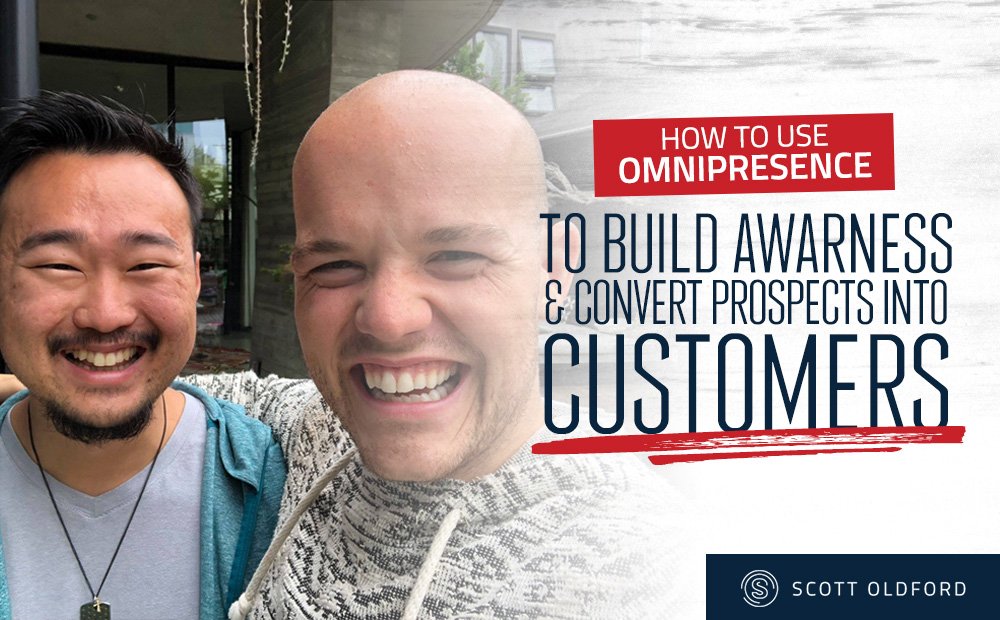
Also, photographers became more aware of their artistry. They often pursued the ideal to contribute, with their photography, to social change. Photographers pointed their cameras on social issues that became manifest and visual in private lives. Instead, photography, together with graphic design and film, was considered as the mediums to produce the visual language of modern times.Īfter the Second World War, a kind of documentary photography became prominent, in which man and the ‘condition humaine’ become central point of interest. Photographers of the New Photography movement, clearly did not want to imitate styles and platforms of painting, that were rejected for being ‘bourgeois’. From abroad and often connected with leftish political convictions, a modernist ‘New Photography’ came up. In the inter-war period, a reaction occurred to pictorialism.
#OMNIPRESENCE DOCUMENTARY PROFESSIONAL#
Before professional education and presentation platforms came into existence, they took care of the building up and international exchange of knowledge on photography. Photography amateurs were very important for the development of the technique, infrastructure and communication channels of photography. They used photography as documentation while painting certain details, or explored typically photographic effects such as blurring through movement, overshining and random framing, to use this in their painting. Slowly, photography becomes a mass medium.Īt the end of the nineteenth century, painters experimented with the photographic medium. In many cities, photo studios are established, that make use of standardized methods and provide people with more handy and cheap cameras, accessories, photographic papers, ready-made photos and albums.

At the end of the nineteenth century, photography becomes affordable and within reach for a larger audience.

With the arrival on the market, around 1860, of prefabricated photographic papers, the age dawns of popularization of photography. Special mention deserve the early experiments by photo pioneer William Henry Fox Talbot, Nicéphore Niépce and Sir John Herschel and an ‘excursion daguerrienne’ by Adolph Schaefer of 1845 to archaeological treasures in the former Dutch East Indies.

Specimina from early photographic techniques are mainly part of the subcollections of the NAFV (Nederlandse Amateur Fotografen Vereniging, ‘Netherlands Amateur Photographers Association’), the BNAFV (Bond van Nederlandse Amateur Fotografen Verenigingen, 'Federation of Netherlands Amateur Photographers Associations'), the collections of private collectors Auguste Gregoire (1888-1971) and Maurits Muller Massis (1891-1992), completed with additional buyings and donations. All photographic techniques, like daguerreotype, ambrotype, tintype and pannotype are represented in the collection. The Leiden photo collection contains a complete – and in the Netherlands the most elaborate – overview of early photographic processes and appearances. In the field of photography history, the experimental episode from 1839 to 1860 is called the period of Early Photography. Use Digital Collections for the viewing of digitized photographs.

They can be viewed in the Special Collections Reading Room, but only after 24 hours minimum, due to necessary acclimation. You can make a request via the Catalogue.


 0 kommentar(er)
0 kommentar(er)
